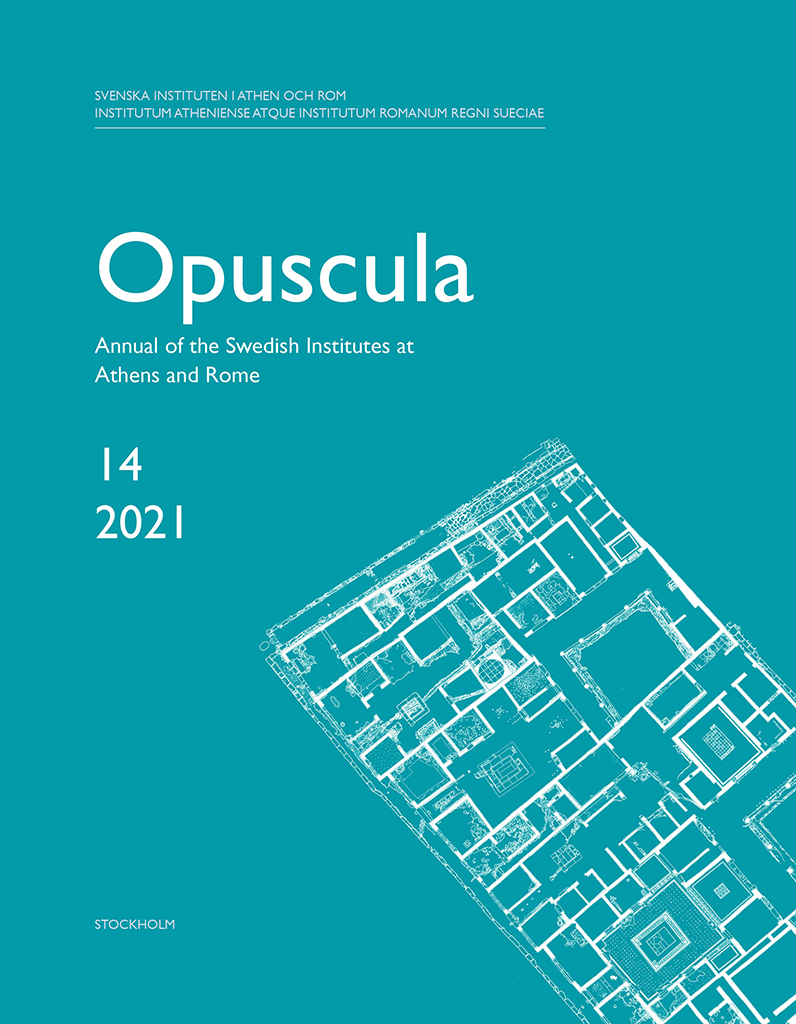Published by the Swedish Institute at Athens. Distributed by Eddy.se AB. All content is available with open access, use links below. The stuff of the gods. The material aspects of religion in ancient Greece Edited by Matthew Haysom, Maria Mili & Jenny Wallensten https://doi.org/10.30549/actaath-4-59 The “material turn” in the humanities and social sciences has brought about an expanded understanding of the material dimension of all cultural and social phenomena. In the Classics it has resulted in the breaking down of boundaries within the discipline and a growing interest in materiality within literature. In the study of religion cross-culturally new perspectives are emphasising religion as a material phenomenon and belief as a practice founded in the material world. This volume brings together experts in all aspects of Greek religion to consider its material dimensions. Chapters cover both themes traditionally approached by archaeologists, such as dedications and sacred space, and themes traditionally approached by philologists, such as the role of objects in divine power. They include a wide variety of themes ranging from the imminent material experience of religion for ancient Greek worshippers to the role of material culture in change and continuity over the long term. Chapter abstracts and author affiliations…
Opuscula is published by the Swedish Institutes at Athens and Rome, with the aid of a grant from the Swedish Research Council. Distributed by Eddy.se AB. View journal at ERIH PLUS. All content available with open access. The Turkish harem in the Karyatid Temple and antagonistic narratives on the Athenian Acropolis By J.Z. Van Rookhuijzen (Utrecht University, The Netherlands) Abstract According to received history, the Karyatid Temple on the Acropolis of Athens (commonly known as the “Erechtheion”) was, in the city’s first Ottoman period (1456–1687), converted into a Turkish harem. In this article, I investigate the story by scrutinizing sources from this period. I argue that the notion of the harem, although historically suspect, found fertile ground in an orientalist worldview that has been prevalent among western visitors and scholars. I propose that the tale may have been inspired by the temple’s conspicuous Karyatid statues. I close by considering the story of the harem as part of a phenomenon of “antagonistic narratives” (stories that concern the desecration or destruction of monuments by enemies) in history and archaeology. The article offers new perspectives on later uses of and stories about the Karyatid Temple, on western attitudes towards the presence of Turks…


